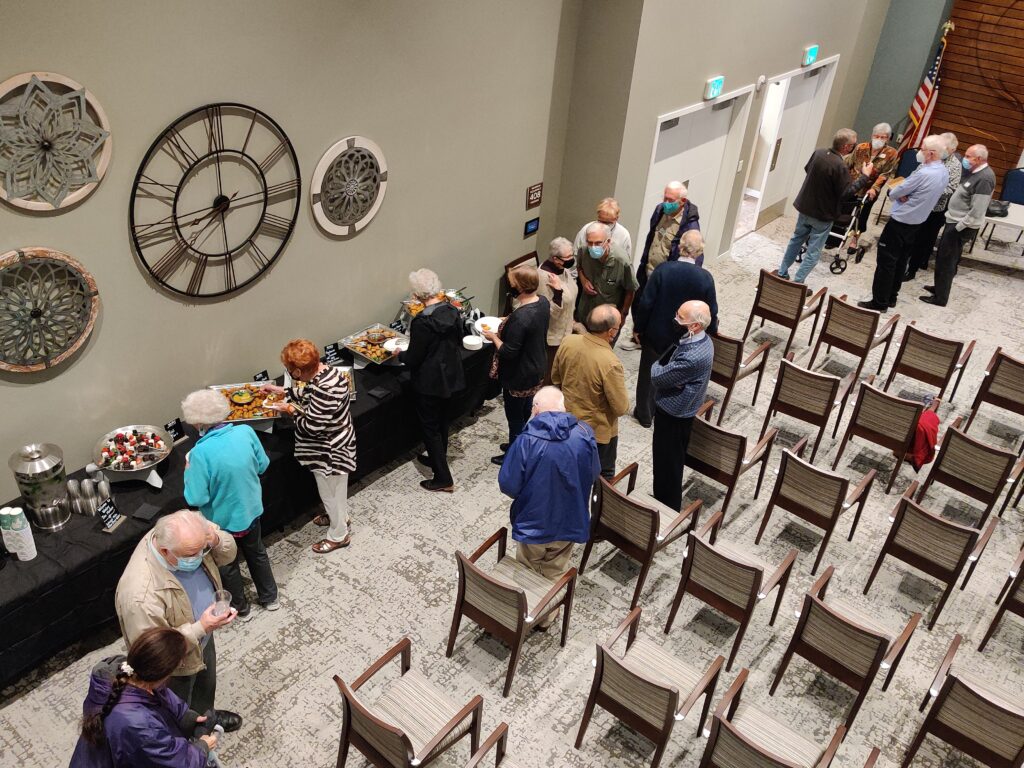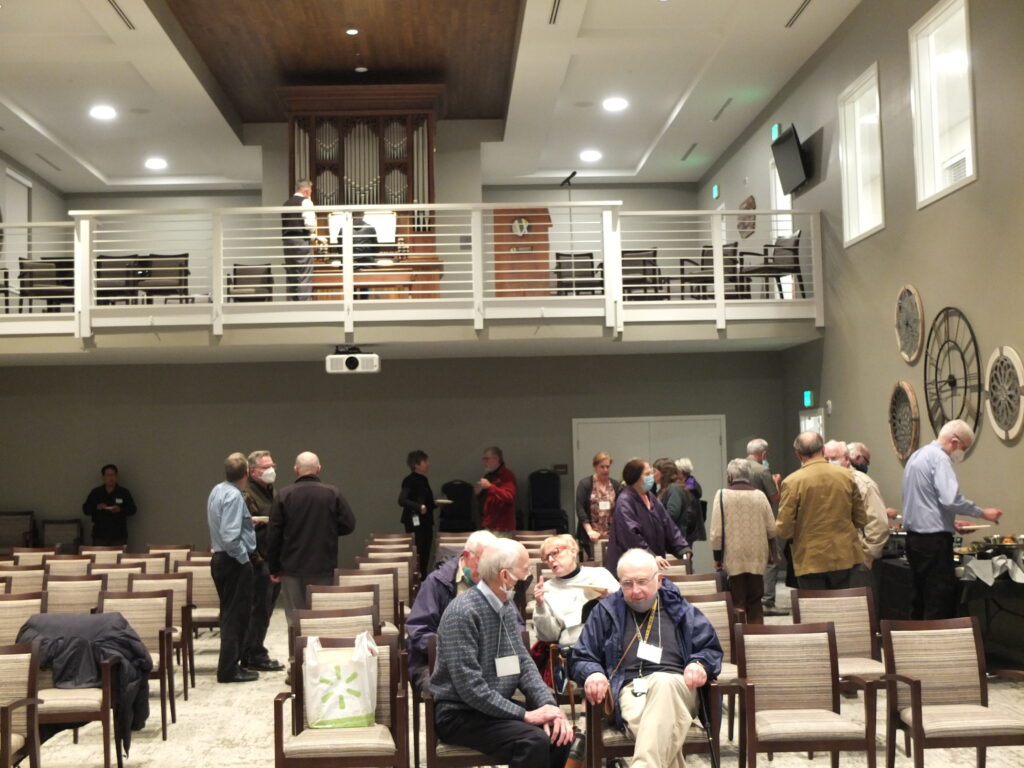Wesley Des Moines is a retirement community situated on 42 acres close to the Des Moines waterfront, about halfway between Seattle and Tacoma. It is an unlikely place to find a tracker organ, yet Fritts Organ Builders Opus 46 sits proudly at the front of the gallery in the Wesley Gardens Chapel.
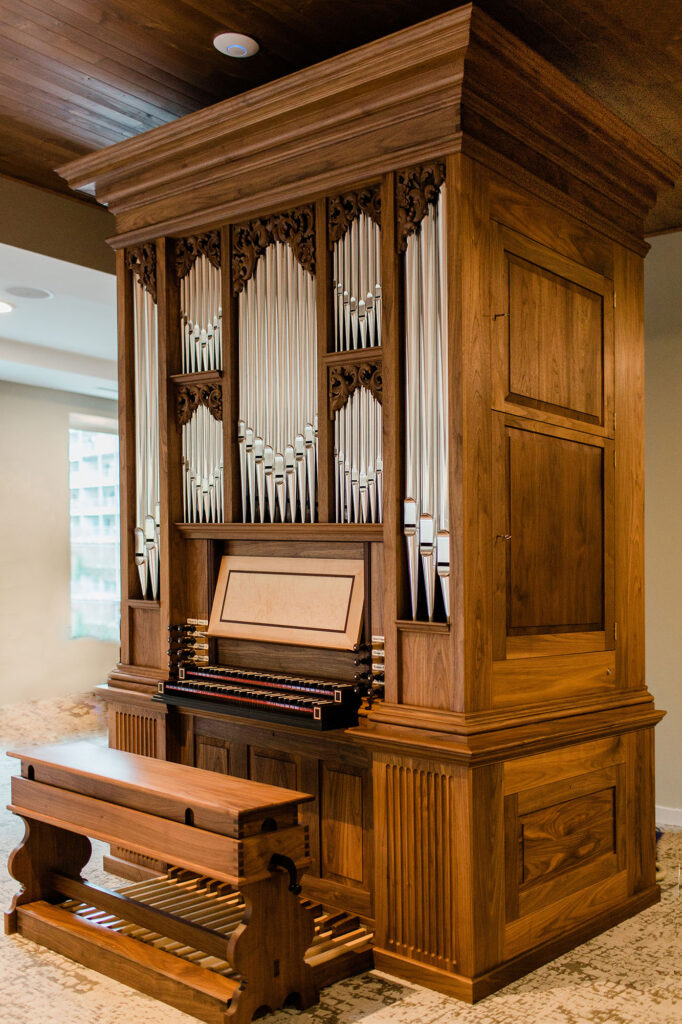
On Monday, October 18, the Seattle and Tacoma chapters gathered for our October joint meeting to hear the organ and to hear about the organ. Approximately 45 people were present, evenly representing the Tacoma AGO chapter, the Seattle AGO chapter, and Wesley residents.
Susan Fritts McConnell, Executive Director of the Wesley Community Foundation, welcomed the group and talked about how the organ came to exist. It was clear to Wesley stakeholders, as the Gardens Building plan evolved, that it should contain a spacious chapel and that that chapel should house an organ. The Foundation’s job is to support the Wesley mission, and they did just that–by identifying donors who could make that vision happen. Fortunately for the organ community, Susan McConnell grew up in an “organ family,” her father having been a prominent local organist, and her brother Paul Fritts having made a career in organ building. That didn’t leave much chance of Wesley ending up with anything but a tracker organ!
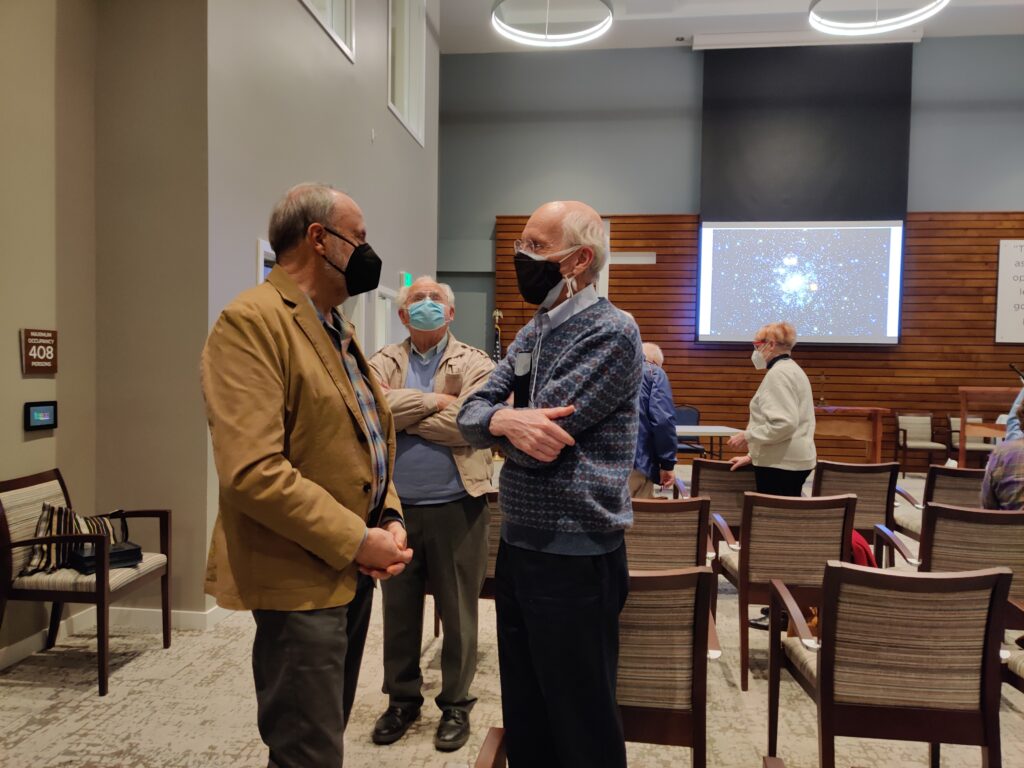
Paul Fritts knew from an early age that he wanted to build organs. He established the present Fritts Organ Builders shop in 1979 with a goal of reclaiming the best practices of 17th and 18th century European organ building. His shop in Parkland, WA, is a timber-framed building big enough to accommodate very large organs. His staff consists of a group of organ builders that shares Paul’s goal of using historical organ building techniques to produce fine musical instruments. All of the work is done in-house with the exception of certain electrical components, such as blowers. The pipes are cast onto a sand table, as they were in the 17th and 18th centuries. The rapid cooling produces pipes with obvious acoustical benefits such as a solid, full sound.
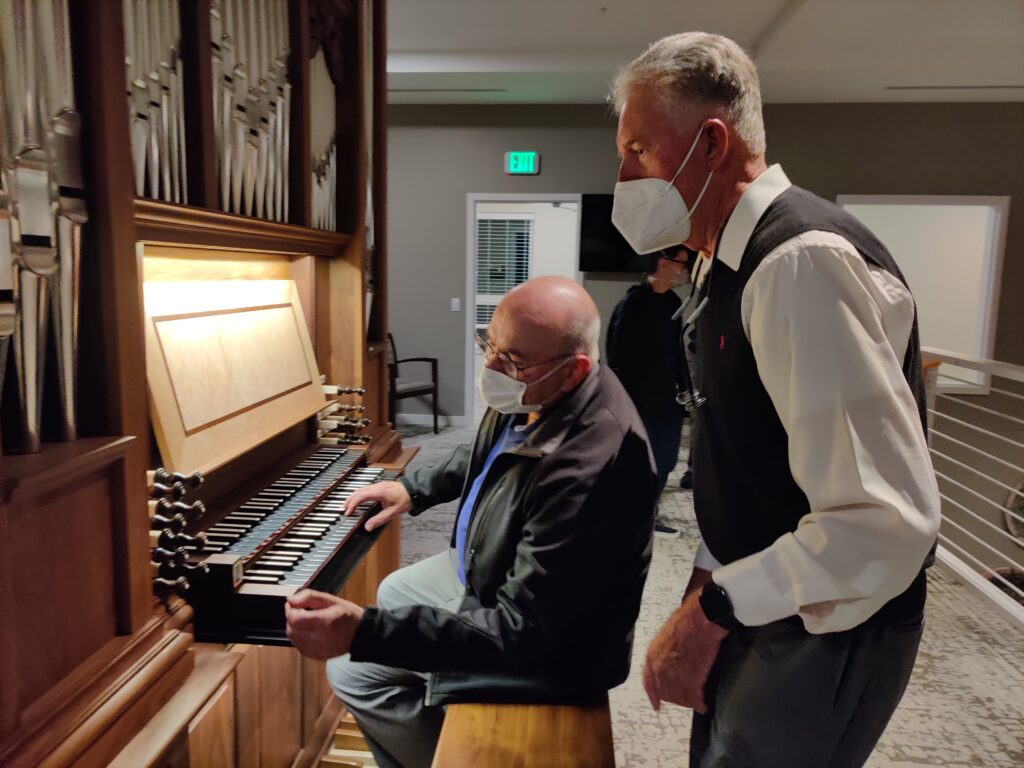
The Wesley organ is one of a series conceived for studios, homes, and practice rooms. The Wesley Chapel is somewhat bigger than most studios, so adjustments were made for this installation. The stop list is similar to the other organs in the series, but changes were made in the sound of the organ to reflect the fact that it is in a large room. The pipes have broader diameters, and higher wind pressure. The pipes are also voiced for this large space.
Using musical examples from the 18th, 19th, and 20th centuries, organists David Dahl and Thomas Clark demonstrated that the organ could successfully play music ranging from French Classical to Brahms and Thalben-Ball. Likewise, using hymns from the 17th through the 20th centuries, Thomas Clark demonstrated that it was possible to accompany them in an interesting way, making maximum use of the limited number of stops.
Following a question and answer session, the group adjourned to a reception provided by the Wesley Community Foundation. At the same time, David Dahl hosted an “open keyboard” in the gallery so that attendees could inspect and play the organ.
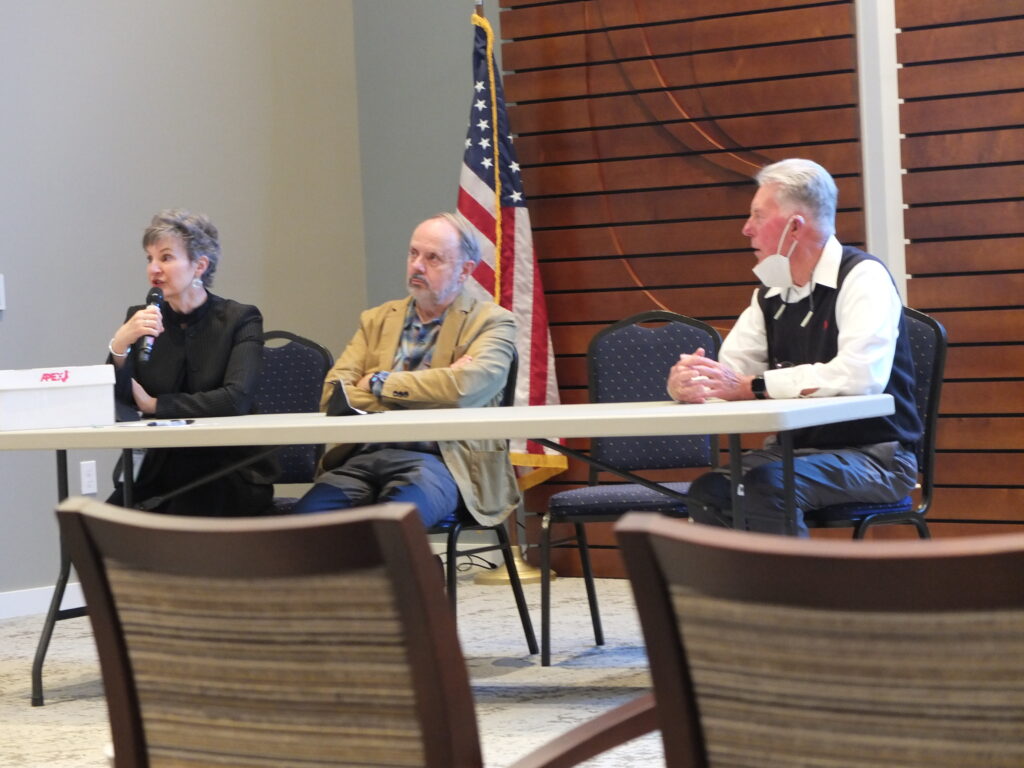
In fulfillment of the vision of Wesley Administration, its Board of Directors, and the Wesley Foundation, the organ is used regularly for the benefit of residents. It is used for services and hymn festivals. Residents frequently come by and sit in the chapel when the organ is being played. A recent “Pedals and Pipes” (note the absence of pizza) demonstration attracted 35 residents who brought questions ranging from organ shoes to overtones. The organ can also serve as an example to churches and concert venues that it is better to buy a small, high quality musical instrument than a larger but cheaper alternative that isn’t a musical instrument at all.

